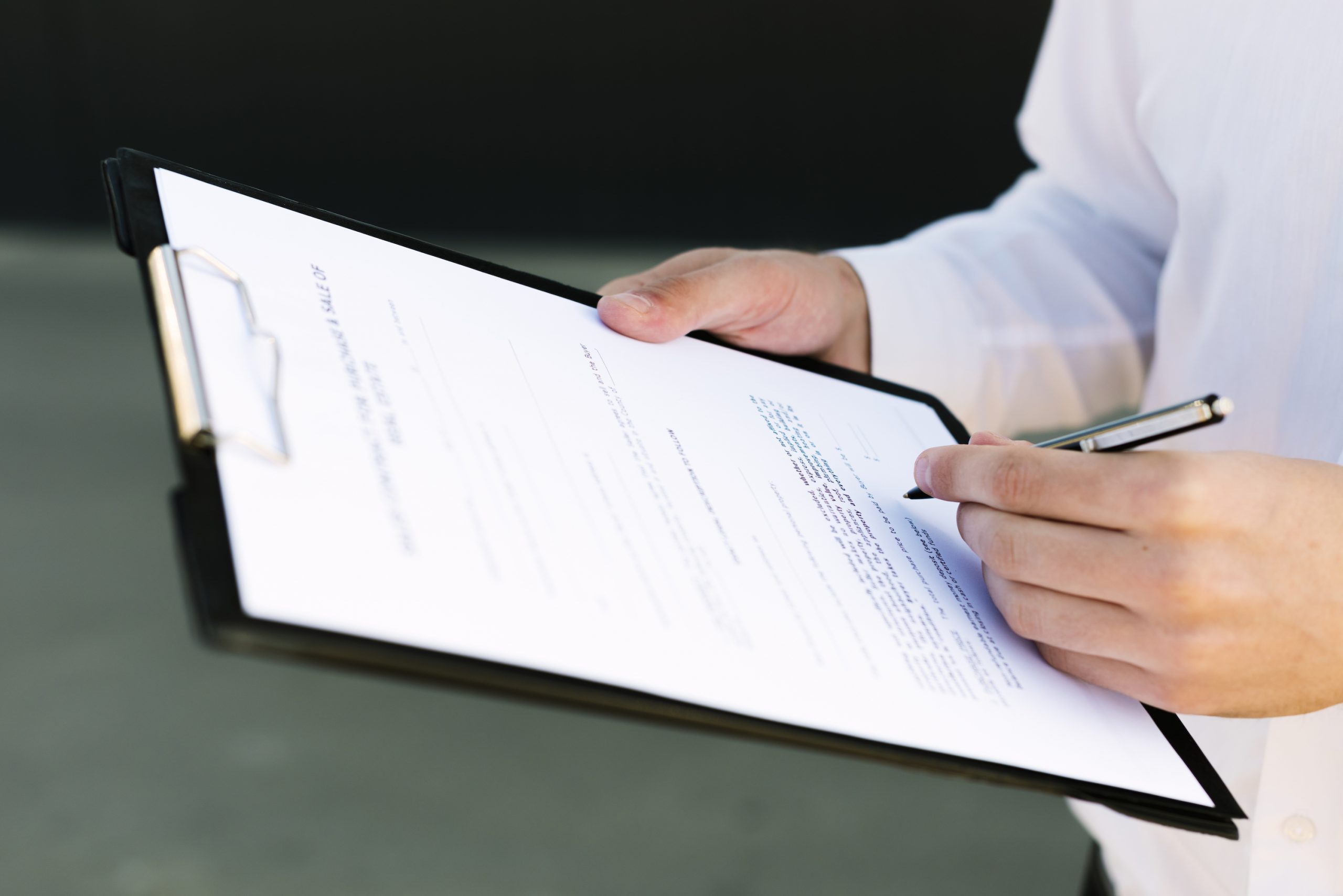If you were injured on the job, you may be eligible for workers’ compensation. The insurance can cover you for medical expenses and lost wages. But you will only receive benefits if you file an OWCP claim.

An Office of Workers’ Compensation Program (OWCP claim) must be filed correctly. You must also follow other guidelines to ensure you are compensated. This article will take you through the steps you must take to get the coverage you need.
Different Types of OWCP Claim Forms
Different types of OWCP claim forms apply for different types of injuries as follows:
- Traumatic Injury (Form CA-1): A traumatic injury occurs at one specific time during one work shift. Examples include a broken bone, a head injury, or a laceration. Mental injuries may also be considered traumatic.
- Occupational Disease (Form CA-2): An occupational disease is an injury that happened over time. Examples include carpal tunnel syndrome, back strain from lifting boxes, and tendinitis or bursitis from repeated movements.
- Notice of Recurrence (Form CA-2a): CA-2a is a lesser-used form for recurring injuries. They refer to a return of symptoms related to a previous injury. The injury must occur for no reason other than a relation to a previous injury. If the injury is caused by a new event, you would need to fill out our form CA-1 or CA-2.
Get Medical Attention
You must get medical care after an injury occurs. A doctor will assess your injury to confirm that it’s work-related. They will also determine how serious the injury is. The severity will be considered in the compensation amount you receive.
Medical attention will be handled differently depending on the type of injury.
Traumatic Injury
If you incurred a traumatic injury, you may need immediate medical care. In this situation, you should go to the nearest medical facility as soon as possible. You can ask your employer for assistance by calling an ambulance or arranging transportation.
Your supervisor must also authorize your treatment by calling the provider ahead of time. They must then fill out page 1 of form CA-16 (Authorization for Examination and/or Treatment) and send it to the facility within 48 hours. You must present the form to your provider so they can fill out page 2 and send it to the OWCP.
Form CA16 guarantees payment to the provider.

Occupational Disease
An occupational disease is not likely to require immediate care. You can access healthcare and workers’ comp from Public Health Service (PHS) healthcare facilities. However, your employer cannot authorize care without OWCP approval.
It is difficult to prove that occupational diseases are work-related. Therefore, a CA-16 will not be filed. But if your OWCP claim is approved, your medical expenses will be covered. This process also refers to traumatic injuries that occurred more than 48 hours ago.
How Do I File?
After you receive medical care, you can file an OWCP claim through the Employees’ Compensation Operations and Management Portal. The system allows Federal employees to file claims under the Federal Employees Compensation Act (FECA). Documenting through the site will make it easier for you to prove your case.
The first step is to register and open an account.
Next, you should consult with a Workers’ Compensation Specialist. They will offer guidance on how to complete the form. They will ensure coordination between you, your employer, and an Occupational Safety and Health Administration (OSHA) specialist.
You should include all relevant documentation when filing your ECOMP claim such as medical forms and anything else that proves your injury. If you are unable to do so at the time of filling out the form, you may submit forms to your Workers’ Comp Specialist so they can include them in the file. All documents will be included in the agency’s file and processed through the OWCP.
Once the OWCP claim is successfully filed, you will receive a signed receipt of the notice of injury. This document confirms that your supervisor has acknowledged the claim. Your supervisor must also complete their portion of documentation so your claim can be processed.
Filing on ECOMP is a necessary part of the workers’ comp process. But you should also report all injuries to your supervisor, even if they did not incur a medical expense or require you to take time off work. The DOL will consider your OWCP claim if it is reported within three years of occurrence.
Continuation of Pay Eligibility
Your OWCP claim may cover continuation of pay (COP) if you must take time off from work due to your injury. You will be eligible for COP if you meet the following requirements:
- You suffered a traumatic injury and filed a CA-1 form within 30 days of the injury
- You provided your employer with medical documentation proving your injury was work-related
- Your absences began within 45 days of the injury occurring
- Your absences did not exceed 45 full days of work
- If you return to work and have a recurrence of symptoms within 45 days, you may receive COP for time off out of the 45 days that have not been used.

COP can be denied on your OWCP claim under the following circumstances:
- The injury is an occupational disease and is not traumatic
- You are not a U.S. citizen or a resident of the U.S. or Canada
- The injury was caused by your willful misconduct
- You did not file a form CA-1 within 30 days of the injury
- You stopped working more than 45 days after the injury occurred
- You reported your injury after being terminated from your position
- You are a member of the Peace Corps, Civil Air Control, Youth Conservation Corps, Job Corps, Work Study Group, or a similar group covered by special legislation
- You work as an intern or volunteer, or you are appointed to the staff of a former president
You will not be eligible for COP for your OWCP claim if you incurred an occupational disease. Individuals with occupational disease have two options available:
- Use sick leave or annual leave to cover uninterrupted pay
- Go on leave without pay and submit forms CA-7 to request wage loss benefits from the DOL
